Cadmium telluride (CdTe) solar panels, famously made by First Solar, are an essential part of the US solar module ecosystem. Aaron Bates, founder of Toledo Solar, an Ohio-based manufacturer of CdTe modules, told pv magazine usa that the technology has grown from a small fraction of solar projects to the dominant source of modules in utility-scale projects.
Bates came from an institutional finance background, and when he first got involved in solar, he was intrigued by this level of growth and began investigating. He said he was trying to find reasons not to enter the space, and the more he looked, the more CdTe became appealing. Eventually, he purchased an existing CdTe facility in Ohio, which today operates as the module supplier Toledo Solar.
Bates said that 90% of US utility-scale projects last year were CdTe, and the utility-scale sector makes up about 55% of all solar capacity added. About 20 years ago, it represented less than 1% of solar installations. So why all the growth, and why did Bates enter the market?
There are quite a few reasons to support CdTe and US-made solar, said Bates, including technological advantages, bankability, recyclability, supply chain stability, improved labor practices, and more.
Performance
First, Bates said CdTe has a wider range of spectral response than polysilicon cells, the main source of US solar panels. Unlike polysilicon, CdTe is photoactive to the entire visible light spectrum. This factor is not measured in efficiency ratings, but it is measured in the final kWh output of the panel, said Bates.
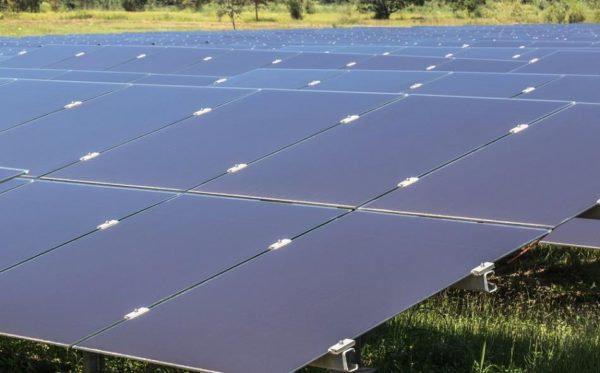
Image: Toledo Solar
Image: Toledo Solar
Because CdTe is largely used at the utility-scale, projects are quite large, making investment and liability high. Due to this, stability and bankability, and decreased risk are important, both in the supply and delivery of planned projects, and the performance in the field.
Bates said the degradation level of CdTe is much lower than polysilicon modules, and they perform better in high temperatures, meaning the technology is a safer bet for investors who sign 20 to 30 year power purchase agreements with large utility offtakers. This is important to utilities, too, which are mandated to supply a reliable, stable source of electricity.
Recycling
Bates credits First Solar for being a pioneer in solar module recycling, an industry that is woefully underfunded and underbuilt in the silicon solar cell space.
“First Solar has been doing this for 25+ years. They lead the world of PV in recycling. There’s a higher percentage, no matter if you want to measure it by weight or components or the cost of said components, there’s a higher percentage of recycled everything in a CadTel module. More recycled material than even what’s in automobiles, which are made of highly recycled materials, whether it’s steel, aluminum, plastics, polymers,” said Bates.
First Solar has already set up recycling centers globally for CdTe modules and has sharpened best practices for using the most material possible from retired panels. Bates said PV is notoriously bad at recyclability, with CdTe being an exception.
Normally, in any manufacturing process there is some scrap or excess material thrown away, but this is not the case for Toledo Solar. “We don’t throw anything away. Everything gets recycled. And it goes back into the supply chain, which not only benefits the industry to keep the costs down, but also helps the planet,” said Bates. “It’s ironic when solar panels are not recycled, or made of recycled material, or are just thrown away.”
Supply chains
Supply shortages have been the dominant problem for the buildout of solar in 2022. For many in the industry, the Department of Commerce’s investigation into Malaysia, Vietnam, Cambodia, and Thailand for alleged harboring of tariff-circumventing Chinese goods came under the crosshairs as a major reason for the shortage. The potential of large tariffs being retroactively applied to goods shipped from the four nations, which supply about 80% of US polysilicon solar panels, caused many developers to cancel or delay projects due to the uncertainty it caused.
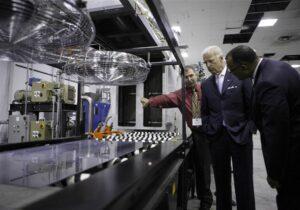
Image: Toledo Solar
Bates questioned whether these were genuine concerns, or if they were instead talking points to continue to support these international supply chains. He pointed to the fact that the Biden Administration did not increase tariff levels and that Commerce was following laws that had already existed for years.
Bates instead pointed to the fact that global supply chains were already brittle, and that even prior to the COVID-19 pandemic, concerns were being raised about the stability and sensibility of sourcing from foreign nations the vast majority of the components that will power the energy transition.
Struggles related to this have persisted in other industries that have largely been shipped overseas, like the glass and steel industries. Major glass supply chains haven’t been built in the United States. since the mid 1980s. It became a massive bane to the automotive industry, as steel and other key components became so far afield, that supply chain issues ruptured the United States’ ability to build cars. Toledo Solar ran into the shortcomings of this reality last year, when major glass suppliers had cut what they provided by 15% across the board last year.
The variable and rising cost of shipping is relevant here, too. Shortly before the pandemic, Bates said shipping costs were $3,800 for a container, steeply rose to $17 to $18k before the Russian invasion of Ukraine, peaked in the high $20k range afterward. Shipping not only raises the cost of solar projects, reducing their competitive advantage and slowing deployment, but it also lowers the environmental sustainability by using large amounts of fuel to deliver the modules across the globe.
“Everything we source in our supply chain is within a 300 miles radius of our facility,” said Bates.
Emissions and labor
Many opponents of the Department of Commerce’s investigation argued that it should be halted because the supply needs to continue or else the United States will fail to reach its climate-driven decarbonization targets. However, Bates challenged this idea, highlighting that polysilicon-based solar modules have higher carbon intensity than US-made ones, and they are built with much different practices.
“CSi modules require two things in huge abundance: energy and labor,” said Bates.
The Xinjiang region of China, home to almost 50% of the world’s polysilicon supply chain, is known for the encampment and forced labor of Uyghurs. The Biden Administration passed the Uyghur Forced Labor Prevention Act (UFLPA) to tackle this problem, placing a heavy burden of proof on importers of solar goods to show there is no connection to this region. Transparency is easy for Toledo Solar, as its supply chains and operations are local.
From a climate and emissions perspective, silicon photovoltaics have the largest carbon footprint and longest energy payback period, said Bates. Though China is building massive amounts of solar capacity, the nation also brought online as many as 47 coal plants last year. That’s more coal plants that have been brought online than the rest of the world have retired combined last year. Coal-fired electricity is still part of the panel making process, and when combined with the shipping emissions, the carbon backpack worn by internationally sourced solar panels is heavier than the ones made locally.
Boosting US made solar
The manufacturing capacity to fully power the US energy transition is not here yet, but Bates is hopeful that the nation can get there. One action by the Biden Administration he believes will make an impact is the invoking of the Defense Production Act.
“The full use of the DPA is still being looked at,” said Bates. He pointed to the procurement requirements of our roads, bridges, and signs. Everything is standardized and US made, from the beginning of the supply chain to the end-use. This type of procurement requirement, a “tightening of the belt,” could possibly be used to boost US solar.
Like most in the industry both domestically and internationally, Bates also supports the passing of the Solar Energy Manufacturing for America Act, which would include up front incentives for materials and components throughout the solar supply chain. Major producers like Maxeon and Qcells have expressed interest in bringing their operations to the US if such legislation passes, which could signal a huge boon for the sustainability and stability of US solar panel supply going forward.
This content is protected by copyright and may not be reused. If you want to cooperate with us and would like to reuse some of our content, please contact: editors@pv-magazine.com.
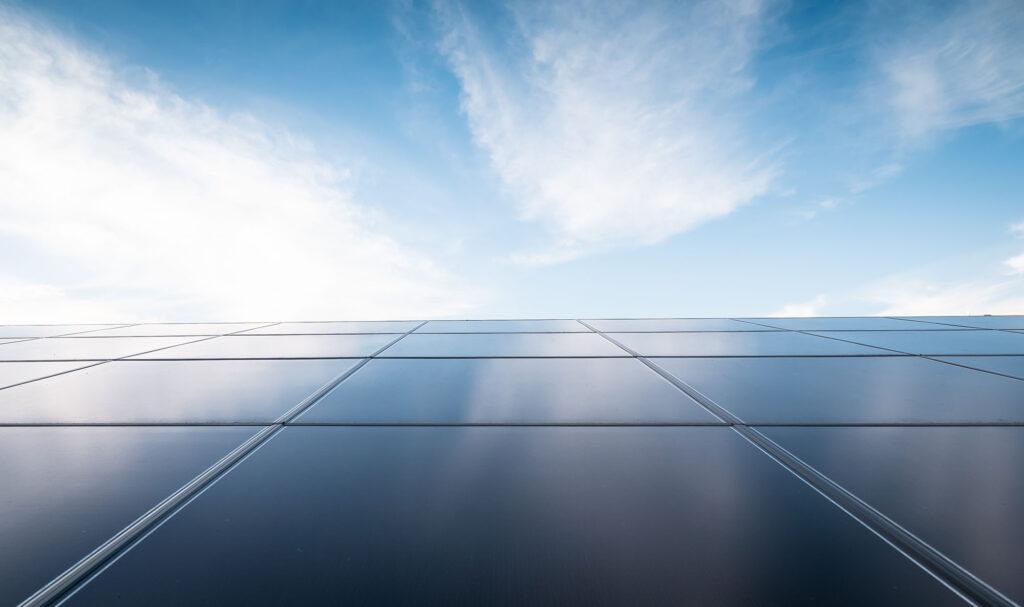
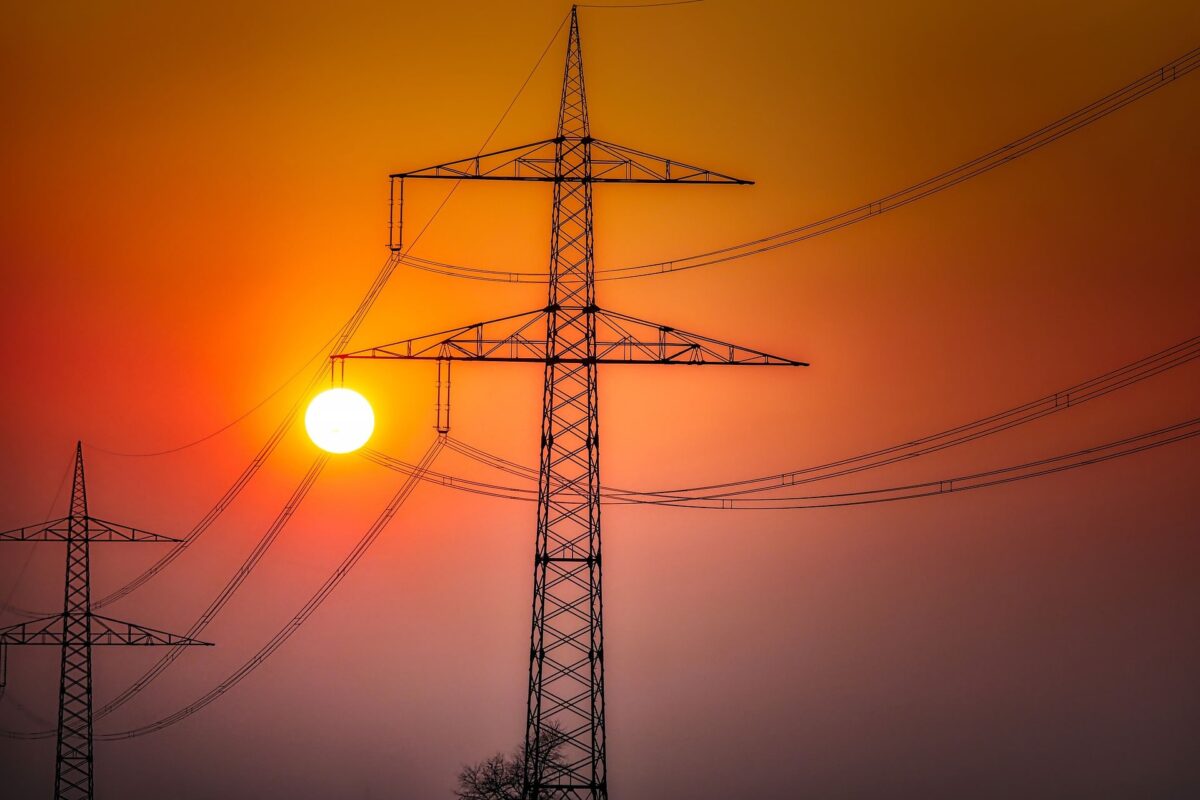





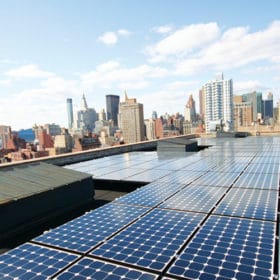

Weren’t we just rallying against made in u.s.a. products??